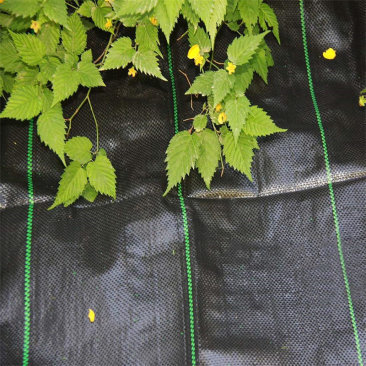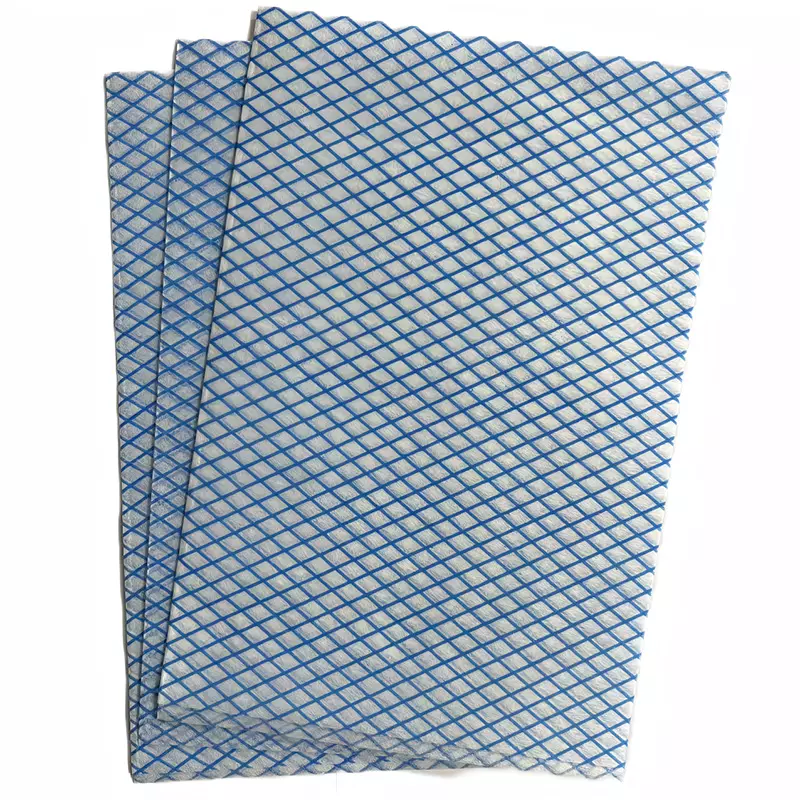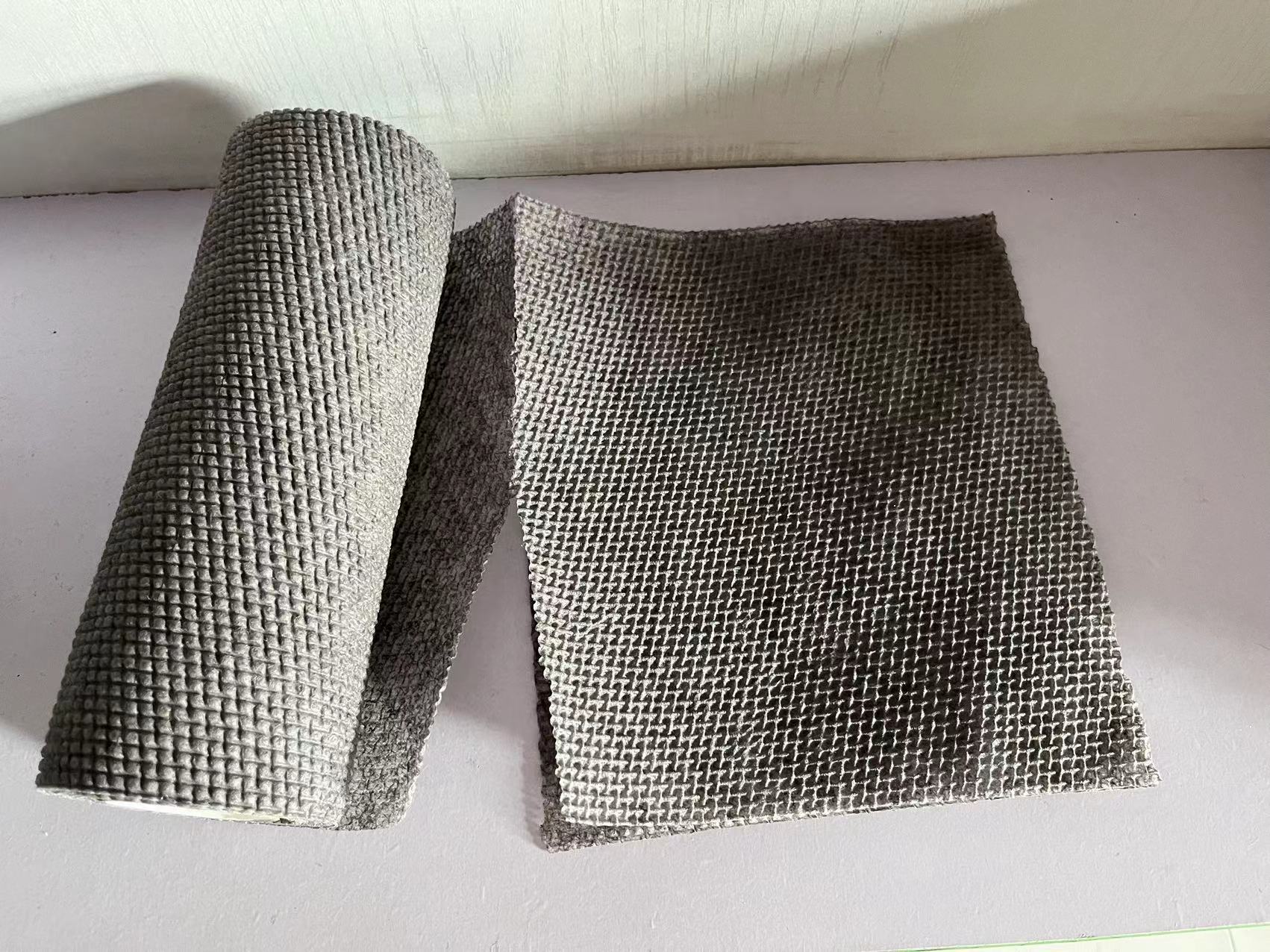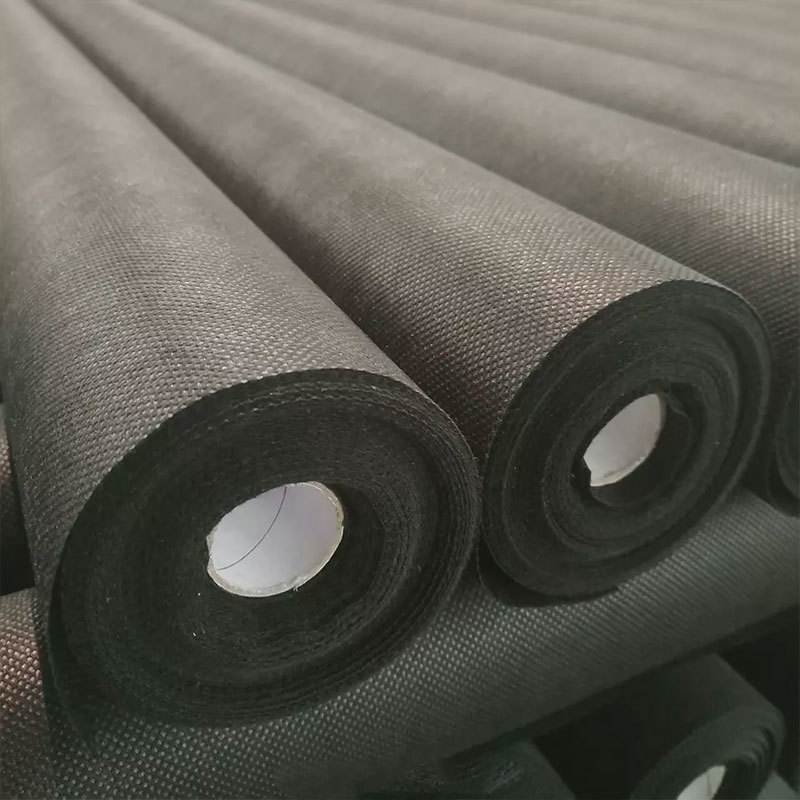04
2025
-
06
Understanding Woven Ground Cover Fabric: A Key Component in Construction and Landscaping
Woven ground cover fabric is an indispensable material in the construction and landscaping sectors, particularly known for its durability and effectiveness in soil stabilization and weed control. This fabric is engineered using a process that intertwines synthetic or natural fibers, resulting in a robust yet permeable sheet that allows water, air, and nutrients to pass through while blocking sunli
Woven ground cover fabric is an indispensable material in the construction and landscaping sectors, particularly known for its durability and effectiveness in soil stabilization and weed control. This fabric is engineered using a process that intertwines synthetic or natural fibers, resulting in a robust yet permeable sheet that allows water, air, and nutrients to pass through while blocking sunlight to inhibit weed growth.
One of the primary applications of woven ground cover fabric is in garden and landscape projects. By placing this fabric under mulch or decorative stones, it provides a protective barrier that suppresses weed growth and minimizes soil erosion. This not only enhances the aesthetic appeal of outdoor spaces but also reduces the need for chemical herbicides, making it an environmentally friendly option.
In addition to landscaping, woven ground cover fabric is widely used in construction sites. It serves as a protective layer for soil during excavation and grading processes, helping to prevent sediment runoff and protecting water quality in nearby bodies of water. This is especially important for projects near wetlands or sensitive ecosystems, where maintaining soil integrity is crucial.
The installation of woven ground cover fabric is relatively straightforward. It can be cut to size and laid down over the desired area, with edges secured using stakes or pins to prevent displacement by wind or water. It is advisable to overlap the seams when installing multiple pieces to ensure complete coverage and effectiveness in blocking weeds.
Moreover, woven ground cover fabric is available in various weights and configurations, making it adaptable to different project needs. For instance, heavier fabrics are perfect for high-traffic areas, while lighter options are suitable for garden beds and paths. When selecting a type of woven ground cover fabric, consider the specific requirements of your project, including soil type, moisture levels, and the presence of existing vegetation.
Another critical advantage of using woven ground cover fabric is its longevity. Unlike traditional plastic weed barriers, which can deteriorate over time and become ineffective, woven fabrics are designed to withstand harsh weather conditions and UV exposure, ensuring long-term performance.
In conclusion, woven ground cover fabric is a versatile material that plays a significant role in both construction and landscaping. Its ability to control weeds, prevent erosion, and promote healthy soil makes it a valuable addition to any project. Understanding its benefits and applications can help professionals make informed decisions, leading to successful and sustainable outcomes in their endeavors.
One of the primary applications of woven ground cover fabric is in garden and landscape projects. By placing this fabric under mulch or decorative stones, it provides a protective barrier that suppresses weed growth and minimizes soil erosion. This not only enhances the aesthetic appeal of outdoor spaces but also reduces the need for chemical herbicides, making it an environmentally friendly option.
In addition to landscaping, woven ground cover fabric is widely used in construction sites. It serves as a protective layer for soil during excavation and grading processes, helping to prevent sediment runoff and protecting water quality in nearby bodies of water. This is especially important for projects near wetlands or sensitive ecosystems, where maintaining soil integrity is crucial.
The installation of woven ground cover fabric is relatively straightforward. It can be cut to size and laid down over the desired area, with edges secured using stakes or pins to prevent displacement by wind or water. It is advisable to overlap the seams when installing multiple pieces to ensure complete coverage and effectiveness in blocking weeds.
Moreover, woven ground cover fabric is available in various weights and configurations, making it adaptable to different project needs. For instance, heavier fabrics are perfect for high-traffic areas, while lighter options are suitable for garden beds and paths. When selecting a type of woven ground cover fabric, consider the specific requirements of your project, including soil type, moisture levels, and the presence of existing vegetation.
Another critical advantage of using woven ground cover fabric is its longevity. Unlike traditional plastic weed barriers, which can deteriorate over time and become ineffective, woven fabrics are designed to withstand harsh weather conditions and UV exposure, ensuring long-term performance.
In conclusion, woven ground cover fabric is a versatile material that plays a significant role in both construction and landscaping. Its ability to control weeds, prevent erosion, and promote healthy soil makes it a valuable addition to any project. Understanding its benefits and applications can help professionals make informed decisions, leading to successful and sustainable outcomes in their endeavors.
woven ground cover fabric












